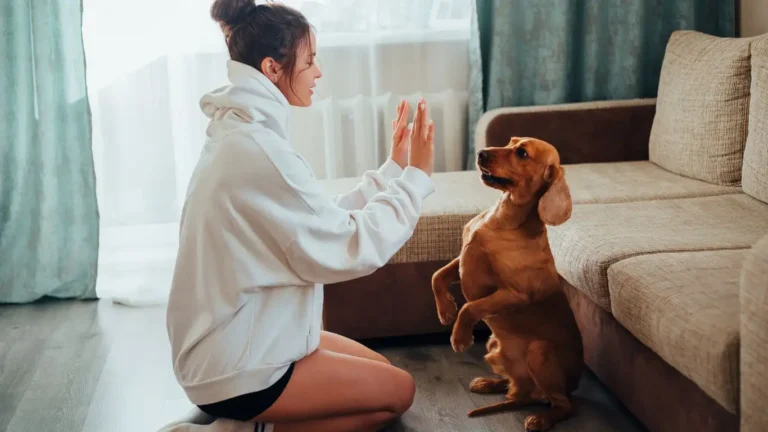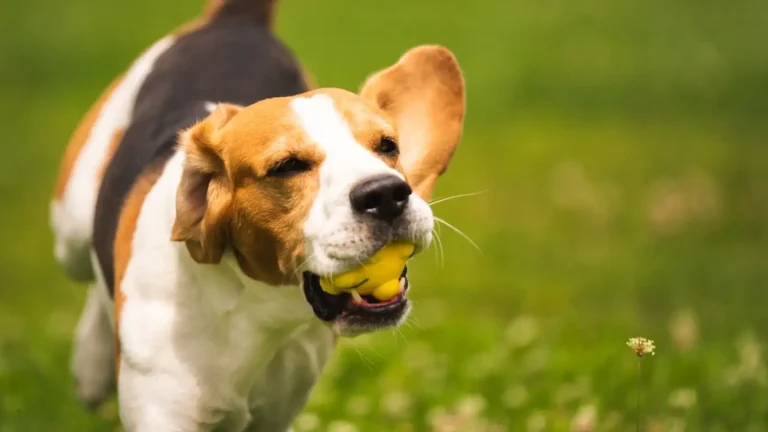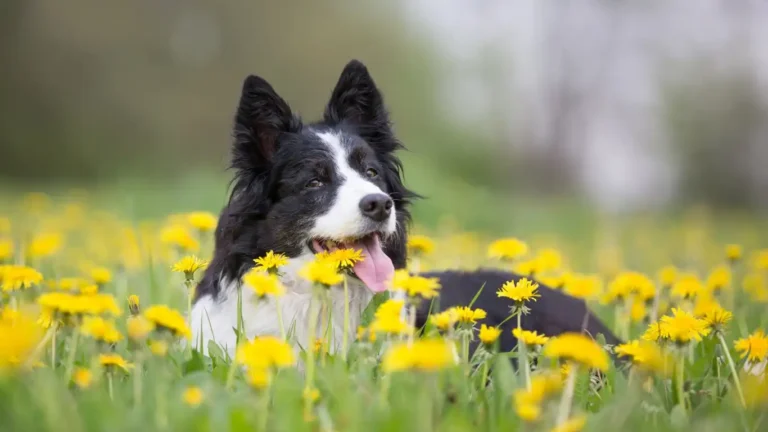How to Train a Dog to Be Less Territorial Without Stress
How to train a dog to be less territorial? If you’ve ever had your pup go full-on “guard dog mode” when someone walks past your house or enters the room, you’re definitely not alone. I’ve worked with dozens of clients over the years as a Canine-Assisted Therapy Trainer, and territorial behavior is one of the most common—and misunderstood—issues dog parents face. The good news? It’s absolutely manageable with the right mindset, tools, and training approach. Let me walk you through what’s worked for me and my clients, with a blend of behavioral science, real-life know-how, and a touch of humor (because let’s face it, training can get messy!).
Understanding What’s Behind Territorial Behavior
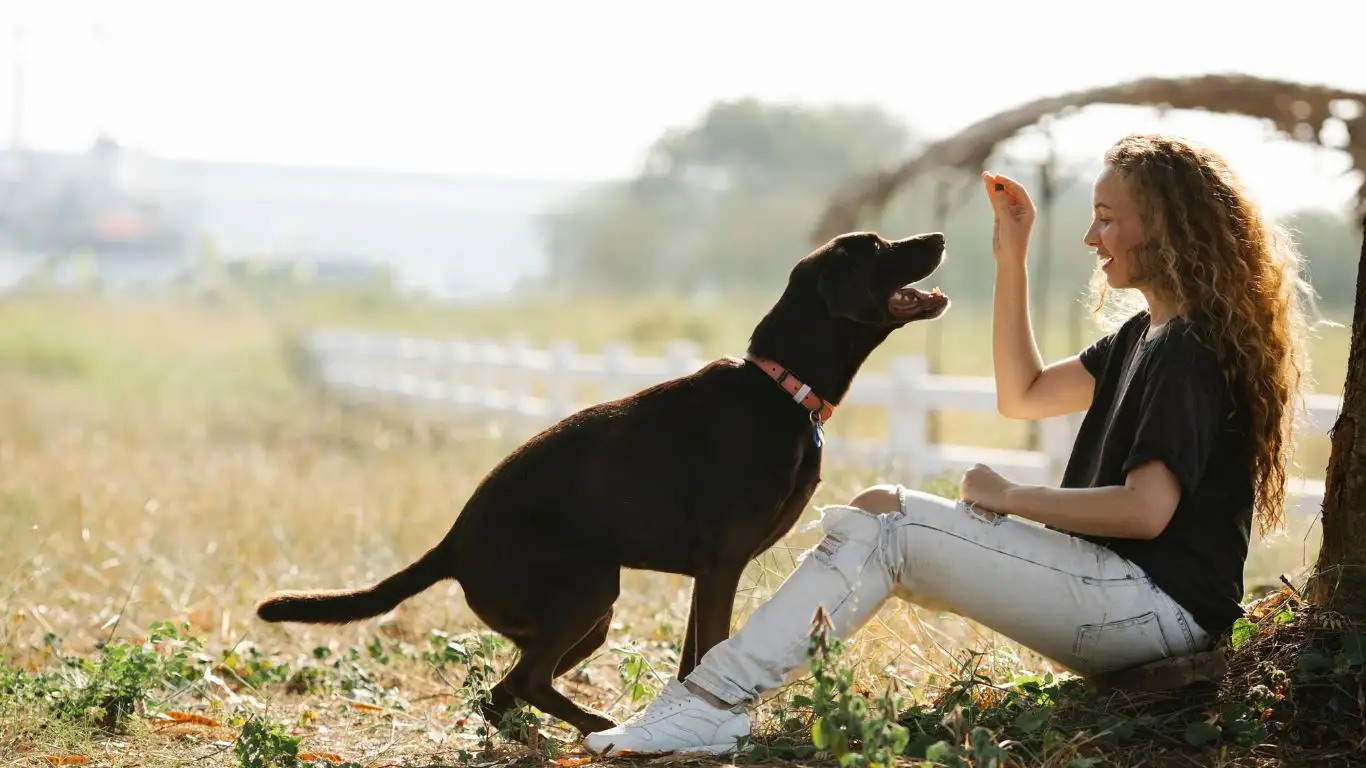
It’s Not Just About Aggression
First off, let’s clear up a big misconception—territorial behavior doesn’t always mean your dog is aggressive. Sometimes it’s fear. Sometimes it’s insecurity. Other times it’s just your pup saying, “Hey, this is my space and I’m not sure how I feel about this change.”
I once worked with a Golden Retriever named Max—sweet as honey with people he knew, but he turned into a barking whirlwind anytime the doorbell rang. His family thought he was just being protective. In reality? Max had no idea how to *cope with the excitement and uncertainty* of new people entering his domain.
Common Triggers to Watch For
- Visitors coming into your home
- Delivery people or neighbors walking near windows
- Other animals near fences or yard boundaries
- Even family members moving around in different rooms
Sound familiar? Dogs are creatures of habit and territory is part of their survival instinct. The key isn’t to punish the behavior—it’s to redirect and retrain.
Start With a Calm Foundation
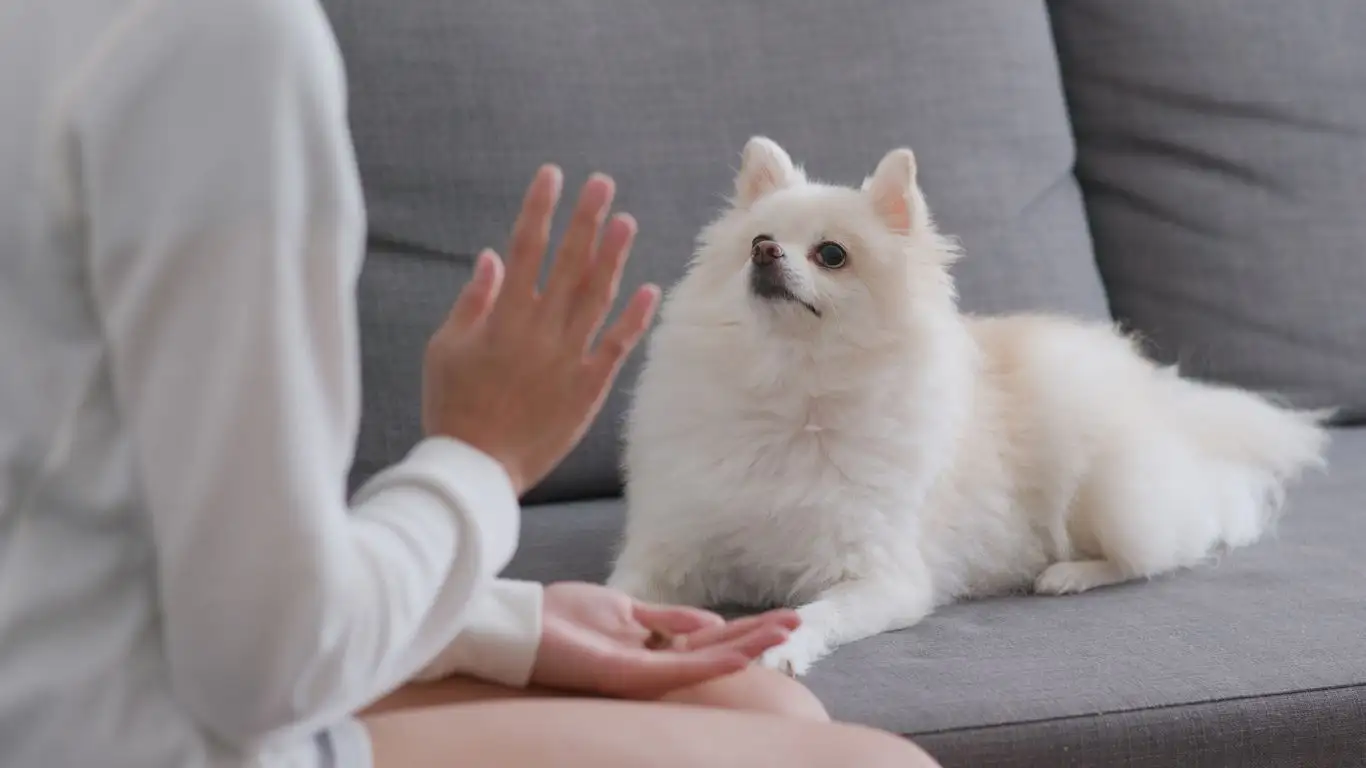
Why Calm Matters More Than Commands
One of the first things I teach in sessions is what I call the *Calm First Rule*. If a dog is amped up, anxious, or hyper-alert, they’re not in a headspace to learn anything. Think about it—if you’re super stressed, you’re not exactly in the mood to listen to advice either, right?
Training a dog to be less territorial starts with helping them feel safe and relaxed. Some simple ways to begin:
- Daily decompression walks – no training, no commands, just sniff and stroll
- Mat work – teaching your dog to go to a designated spot and settle there
- Desensitization – exposing them slowly to their triggers in a non-threatening way
I’ve seen even the most reactive dogs chill out after a few weeks of consistent calm work. Trust me—it’s not magic, it’s just structure and patience.
Building Trust and Confidence

Confidence Isn’t Just for Show Dogs
This part gets overlooked all the time, but it’s huge. A lot of territorial behavior stems from insecurity. That might sound odd—especially if your dog is barking their head off and charging the door—but often, they’re doing that because they don’t know what else to do.
I remember working with a timid rescue named Luna. She guarded the hallway like a little soldier, barking at every movement. Turns out, she didn’t feel confident enough to disengage—so barking became her fallback strategy. Through targeted games and structure, we helped her feel more in control *without* having to go on alert 24/7.
Confidence Builders You Can Try Today
- Nose work games – hide treats around the house and let your dog find them
- Training with positive reinforcement – reward-based sessions to build engagement
- Obstacle or agility play – helps with body awareness and focus
These activities work wonders because they give your dog a job, a goal, and most importantly—a sense of control in their environment.
How to Train a Dog to Be Less Territorial with People and Spaces
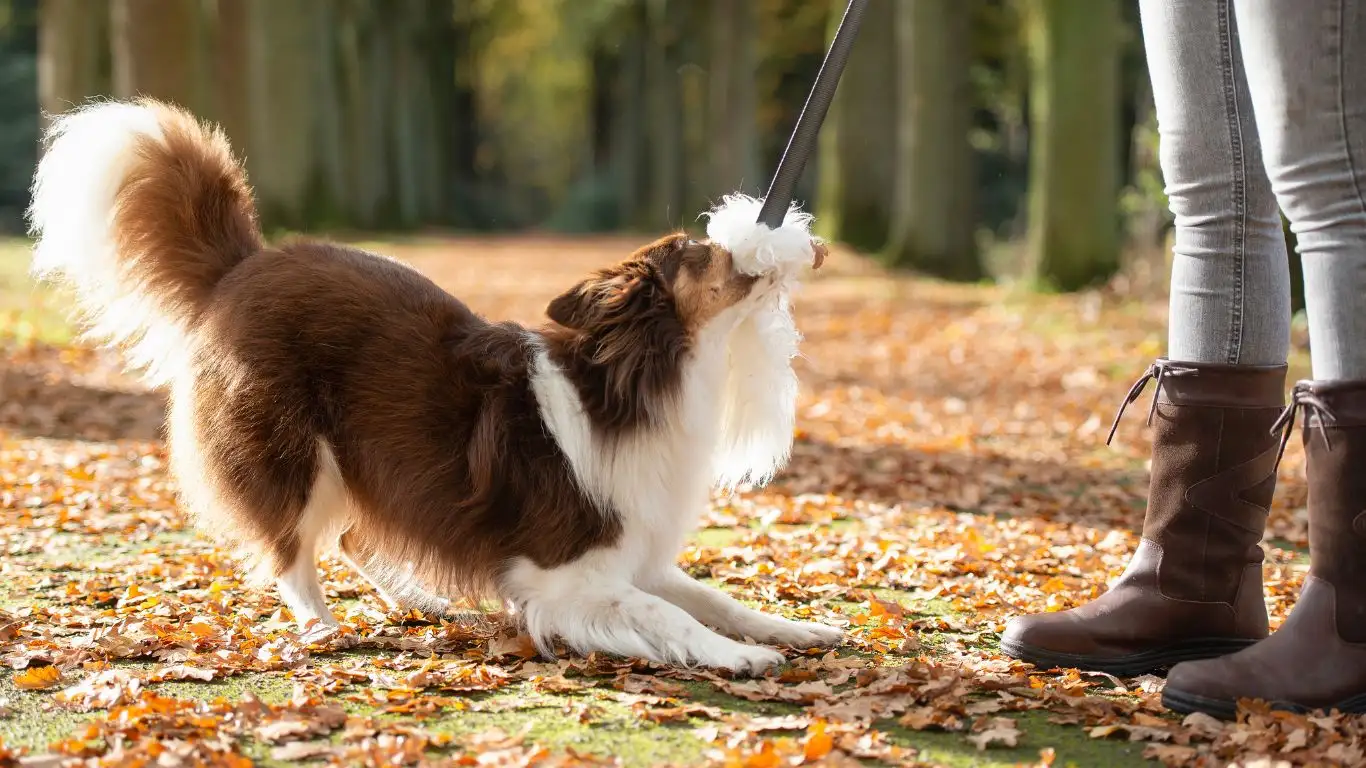
Managing Behavior Around Guests
Let’s talk about guests for a sec. This is where most territorial behaviors really show up—and if your dog goes nuts the second someone touches the doorknob, you’re definitely not alone. In my sessions, I call this the “front door frenzy.” It’s predictable, chaotic, and totally fixable.
What I teach is a structured greeting routine. And it’s not about punishment—it’s about giving your dog clear expectations. I like to use the “Place” command (having your dog go to a mat or bed) whenever someone arrives. It’s their cue to stay put, breathe, and just *observe.*
One of my favorite pups, a Labrador named Scout, used to lose her mind every time the doorbell rang. We practiced “Place” every day, first without distractions, then slowly adding in trigger sounds (like the doorbell tone on my phone). Within two weeks, she was lounging like a queen while guests walked in.
Setting Up the Environment for Success
Sometimes we expect too much from our dogs in the beginning. If your dog is guarding spaces like couches, beds, or even doorways, start by limiting their access until their behavior improves. Use baby gates or closed doors—not as punishment, but as a way to set boundaries while you train.
Also, don’t underestimate the power of scent. Placing a guest’s item (like a jacket) near the dog’s bed beforehand can help desensitize their reaction. It’s a small thing, but for scent-driven animals like dogs, it helps make new people feel less “alien.”
Consistency Beats Intensity
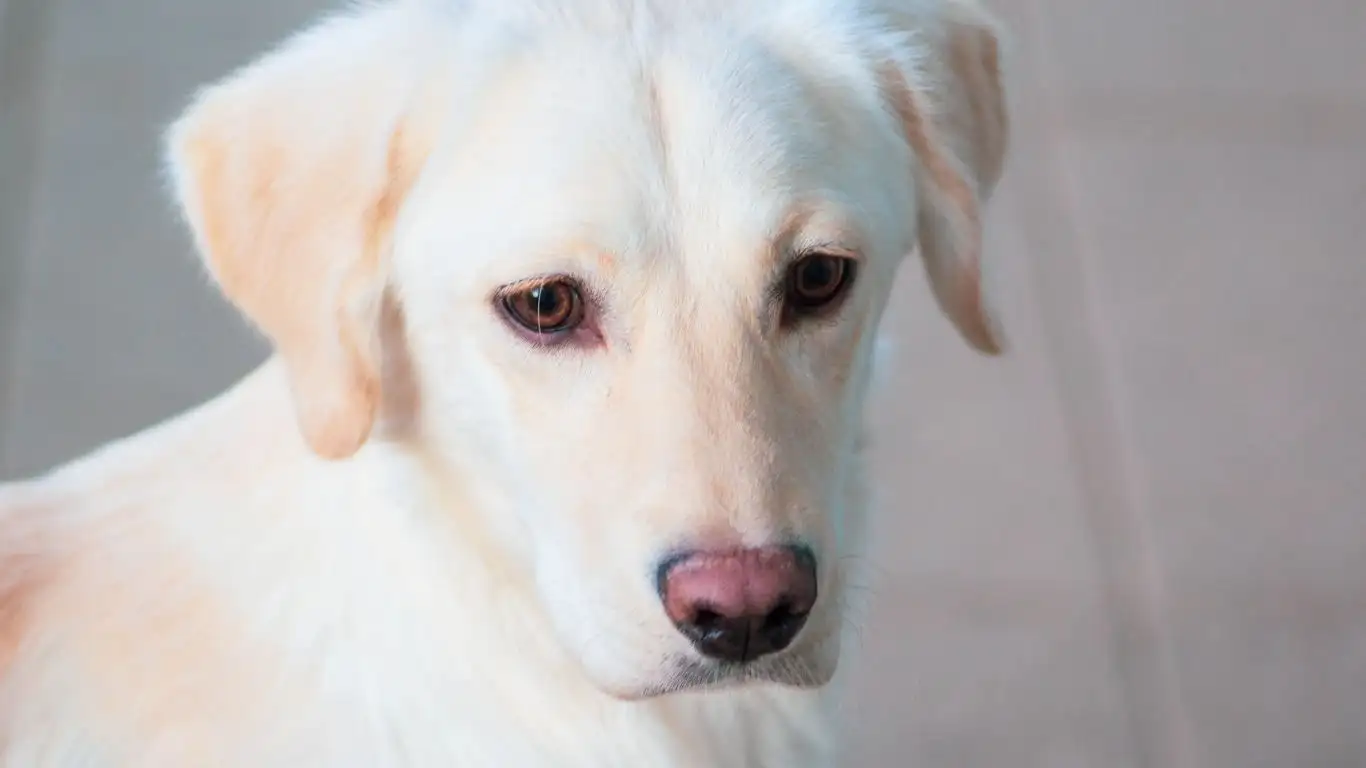
Little Steps Go a Long Way
Here’s a thing I say all the time: “You don’t have to train hard. You just have to train smart—and often.” I’d rather see someone practice for 5 minutes a day than do one-hour sessions once a week. Territorial behavior doesn’t vanish overnight. But if you stay consistent, your dog starts to learn what’s expected.
Here’s a simple weekly structure I give to clients:
- Monday: Desensitization around windows and doors (low-level trigger exposure)
- Tuesday: Mat training and impulse control games
- Wednesday: Socialization walk near mild distractions
- Thursday: Confidence-building through play or light agility work
- Friday: Guest practice with a familiar person
And yes, life gets messy. If you miss a day, don’t sweat it. Just keep going. Dogs love routine, but they’re also surprisingly forgiving.
The Role of Body Language (Yours and Theirs)
This part’s often overlooked, but it makes a huge difference. Dogs read us like a book. If we’re tense, frustrated, or rushing the process, they pick up on that energy. I had to learn this the hard way early in my career when I tried to train a nervous Shepherd while I was totally stressed out about a vet bill. The dog shut down—and honestly, I don’t blame him.
Instead, focus on being grounded and predictable. Use a calm voice, breathe deep, and reward even small wins. A soft tail wag, a glance away from the trigger, even choosing to sniff the floor instead of bark—those are victories worth praising.
When to Seek Extra Help
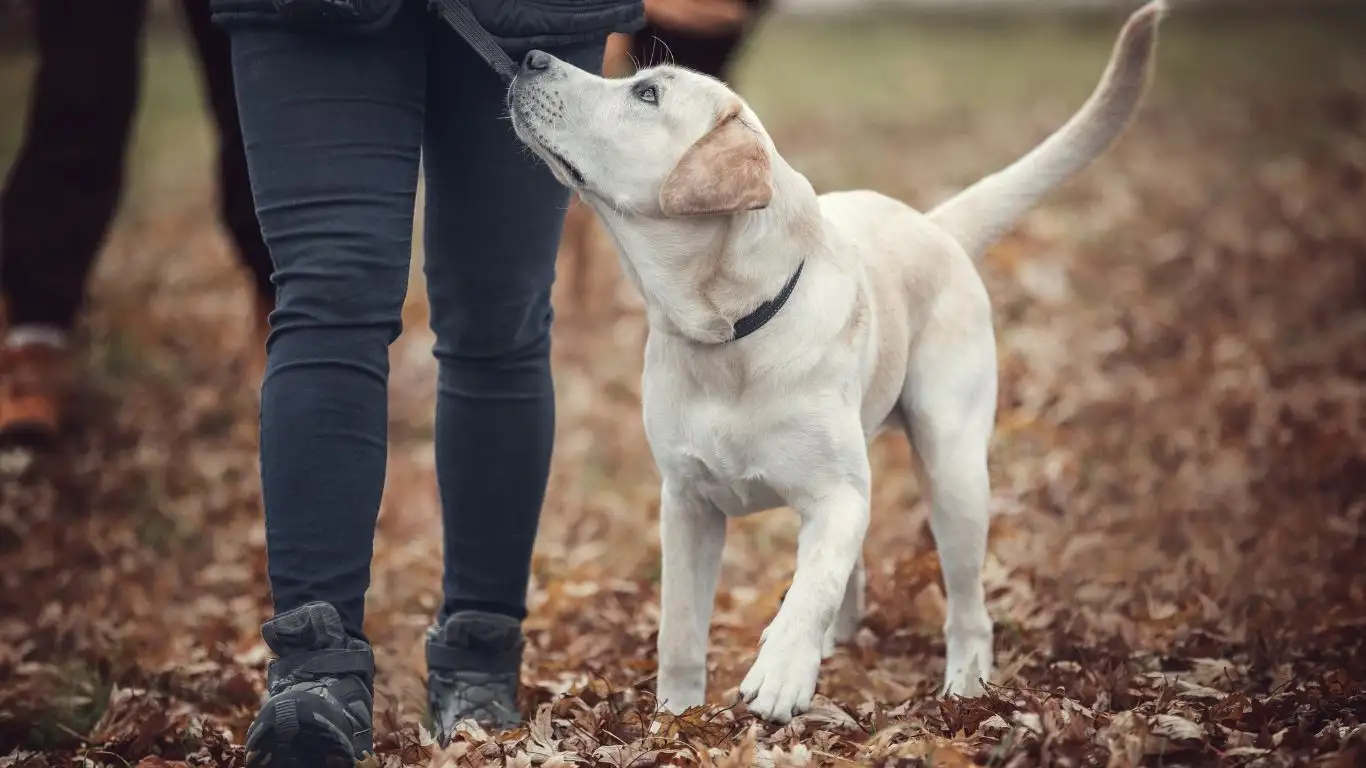
Knowing When It’s Time for a Pro
If things escalate to snapping, biting, or your dog’s behavior is putting someone at risk (including themselves), don’t try to tough it out alone. I’ve worked with plenty of well-meaning owners who waited too long—and trust me, bringing in a professional early can save a lot of stress down the line.
Look for a trainer or behaviorist with experience in reactivity and territorial aggression. Bonus if they have credentials in positive reinforcement and fear-free methods. A good trainer won’t just “fix” the dog—they’ll coach *you* through the process, which is what really makes change stick.
Medication Isn’t a Shortcut (But It Has Its Place)
This topic can be sensitive, but I think it’s important to be real. For some dogs, especially those with severe anxiety or past trauma, training alone isn’t enough. In those cases, a vet or veterinary behaviorist might recommend meds to help your dog’s brain calm down enough to learn.
I’ve seen it work wonders when paired with good training. Think of it like putting on glasses—not changing who they are, just helping them see the world more clearly and calmly.
Keeping Progress Steady and Long-Term
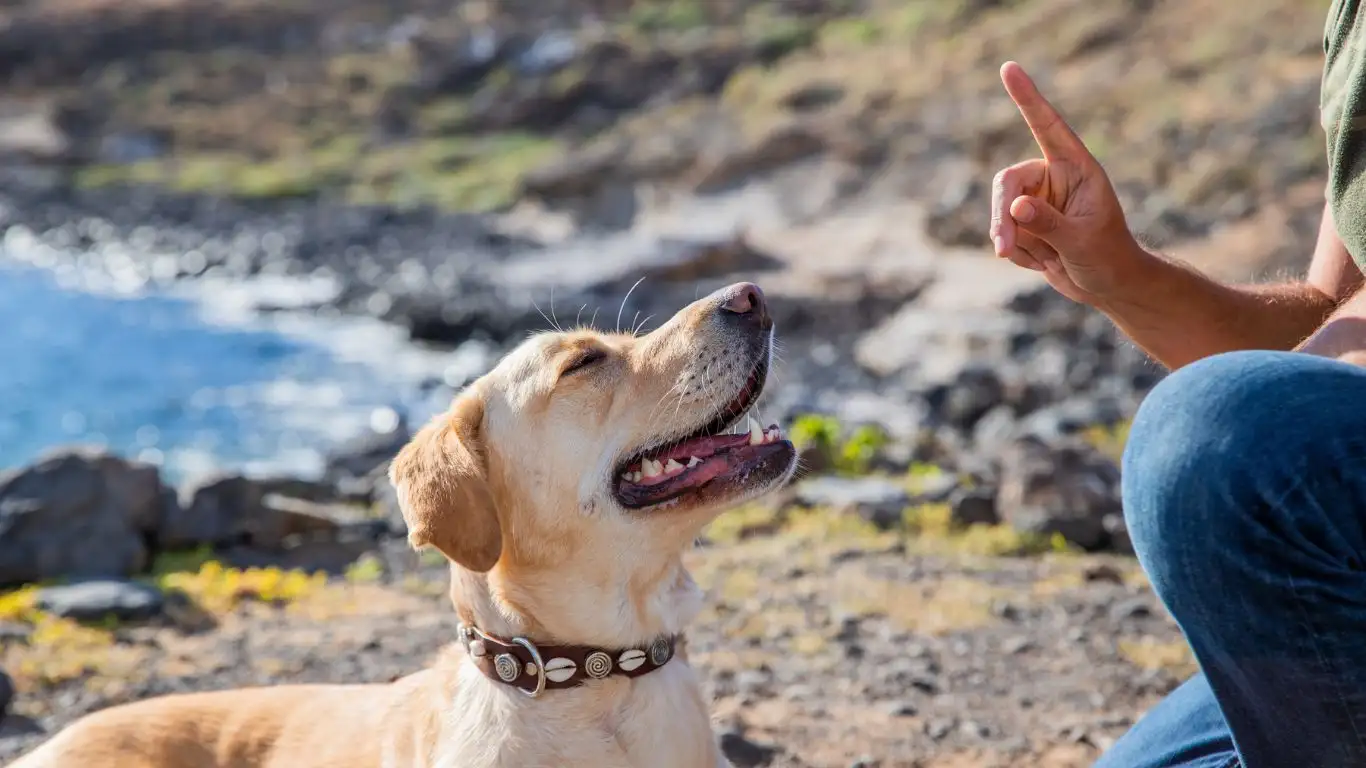
Maintenance is the Magic Word
Alright, so your dog’s no longer flipping out when someone knocks or strolls past the fence—major win. But here’s the thing a lot of folks miss: maintenance matters just as much as the initial training. Territorial habits have a sneaky way of creeping back in if we stop reinforcing the good behaviors.
I always tell my clients, “Training is like brushing your teeth—you can’t just do it for a week and expect permanent results.” That might sound silly, but honestly, it’s true. Dogs thrive on repetition and structure. Once they’ve learned how to behave around triggers, your job becomes about repetition, reminders, and realistic expectations.
Daily Habits That Reinforce Calm Behavior
- Keep using your dog’s safe space or “place” training, especially during high-energy times like meals or visitors
- Rotate enrichment toys to avoid boredom-induced territorial behavior
- Continue exposure walks around mildly triggering environments to keep desensitization going
- Regular vet checkups—health issues can spark regressions in behavior
One of my clients with a reactive Border Collie told me the real game changer wasn’t the training—it was keeping it up with small things daily, even if just for 10 minutes while drinking their morning coffee. I couldn’t agree more.
How to Train a Dog to Be Less Territorial with Other Animals
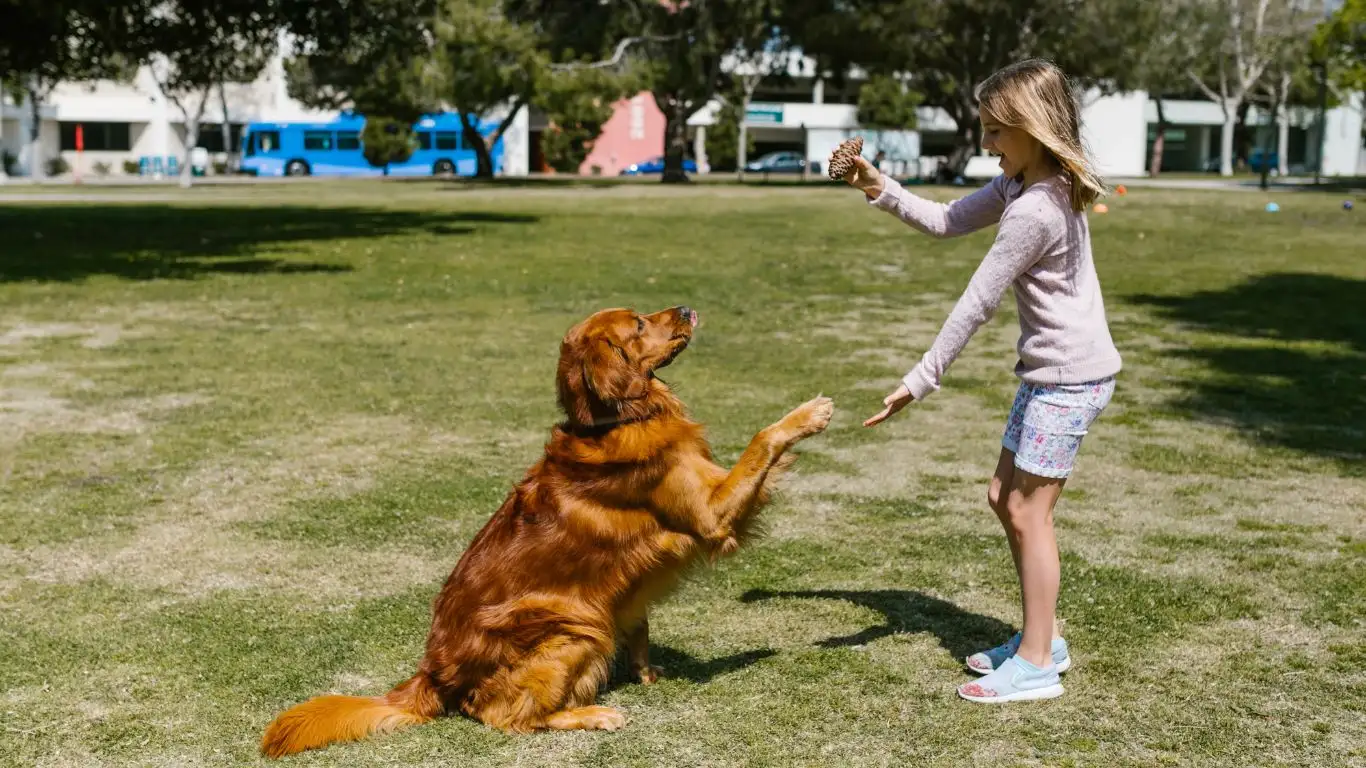
Not Every Dog Wants a BFF
This part gets tricky, especially if you live in a multi-dog household or near other pets. Some dogs are naturally more territorial with their space, toys, food, or even their humans when another dog enters the picture.
First rule? Don’t force interactions. Respect your dog’s comfort zone. I’ve seen people introduce a new puppy to a senior dog and expect them to cuddle instantly—yeah, no. Let your dog observe, sniff, and process at their own pace.
Training Techniques That Help
- Parallel walks – Walking dogs side-by-side (but at a distance) helps reduce tension while building positive association
- Resource guarding prevention – Feed dogs separately, rotate toys, and manage high-value items
- Structured play sessions – Always supervised with clear stop/start cues
I’ve had success helping territorial dogs co-exist using nothing more than patience, distance, and some tasty liver treats. One memorable duo—Milo and Brisket (yep, that was the pup’s name)—went from snapping at each other over toys to sleeping back-to-back on the couch. It took time, but it was worth every slow step.
Celebrating the Wins (Even the Tiny Ones)
If there’s one thing I want dog parents to take away from this—it’s this: Celebrate the little wins. Did your dog look at the mail carrier and then turn away instead of barking? That’s gold. Did they stay on their mat for 20 seconds instead of jumping up? That’s progress.
When I was training my own pup, Juno, she used to guard the hallway like it was the gates of a castle. One day, she saw a guest and simply looked to me for a treat instead of reacting. It was such a small moment, but I got teary-eyed. That’s the stuff that makes the journey real—and honestly, it’s what makes dog training feel personal and rewarding.
References
Disclaimer
This article is based on my professional experience as a Canine-Assisted Therapy Trainer and is intended for educational and informational purposes only. Every dog is unique, and behaviors can be influenced by many factors including breed, environment, health, and past experiences. If your dog exhibits signs of aggression or extreme anxiety, please consult with a certified behaviorist or your veterinarian. Always use positive, humane training methods and respect your dog’s individual boundaries and needs.

